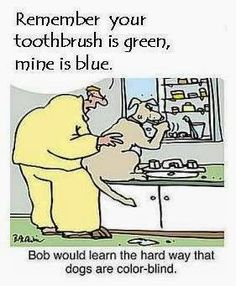Now that there’s a chill in the air, the older ones of us can feel a bit creaky in our bones, including those of us with four legs. And given that November is Adopt a Senior Pet Month, there’s no better time to take note of our aged best friends and what we can do to take care of them in their golden years.
National Adopt a Senior Pet Month was established as a means of drawing attention to the over-abundance of older pets passed over for adoption in shelters across the U.S. All too often, these loving, though mature, furry friends are ignored, as shelter visitors opt to adopt their younger, less-traveled counterparts. While we feel all animals deserve a forever home, let’s not forget our four-legged senior citizens!
For those who know how great life is with an older pet, we’ve pulled together a list of things you can do to make life a bit cushier as they age. After all, they’re not quite as spry as they used to be (and neither am I)!
- Change their diet: Just like humans, your pet’s metabolism will slow and change as they get older. Talk with your vet about how to adjust their diet accordingly.
- Set up routine vet visits twice a year: As our best friends age, they become more susceptible to certain ailments. By making them appointments twice a year, we are better able to notice the signs of any issues earlier and treat them more quickly.
- Add step-ups around the house: As your pet ages, arthritis may become a factor, making jumping up to their favorite spots difficult or practically impossible. Where realistic, make or purchase step-ups so that your pet can continue to access the bed, couch, your lap or wherever they normally rest so they may continue their routines.
- Add raised food and water bowls: If your pet is having difficulty jumping, they may also have issues lowering themselves when eating and drinking. Make note of this and get them a raised platform for their food and water bowls if you see any signs of struggle, particularly in larger pets.
- Buy toys that engage them: As long as your pet loves playing with their tried-and-true toys, keep them, but also add into the mix toys that make them think and problem solve, like Kong toys. These are great for the aging pet brain.
- Keep the floor clear where they walk: Realize they may become more anxious or lose their sight as they age, and things on the floor may cause additional anxiety or trip them up. By having fewer things on the floor, or at least a cleaner floor where they tend to roam, you’ll create a calmer atmosphere for them.
- Get a wagon for walks: Yes, get them a wagon! If you have a dog (and even those with cats), keep taking them on walks, but as it becomes more difficult to go the distance, use the wagon to close the gap and bring them back. You’ll still be able to have your together time!
- Invest in a nice orthopedic bed: Help those stiff joints out and get your pet a bed designed specifically to help them remain comfortable as they age. You’ll get thanked in snuggles and lots of love!
Senior cats and dogs are wonderful companions, they just need a bit more patience and care as they age.







